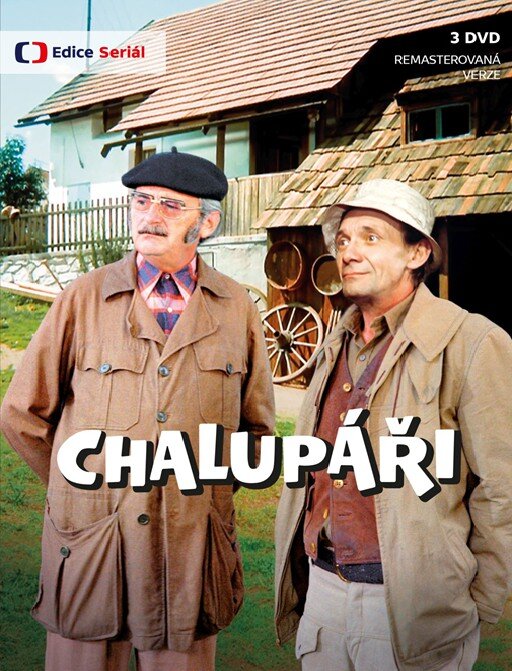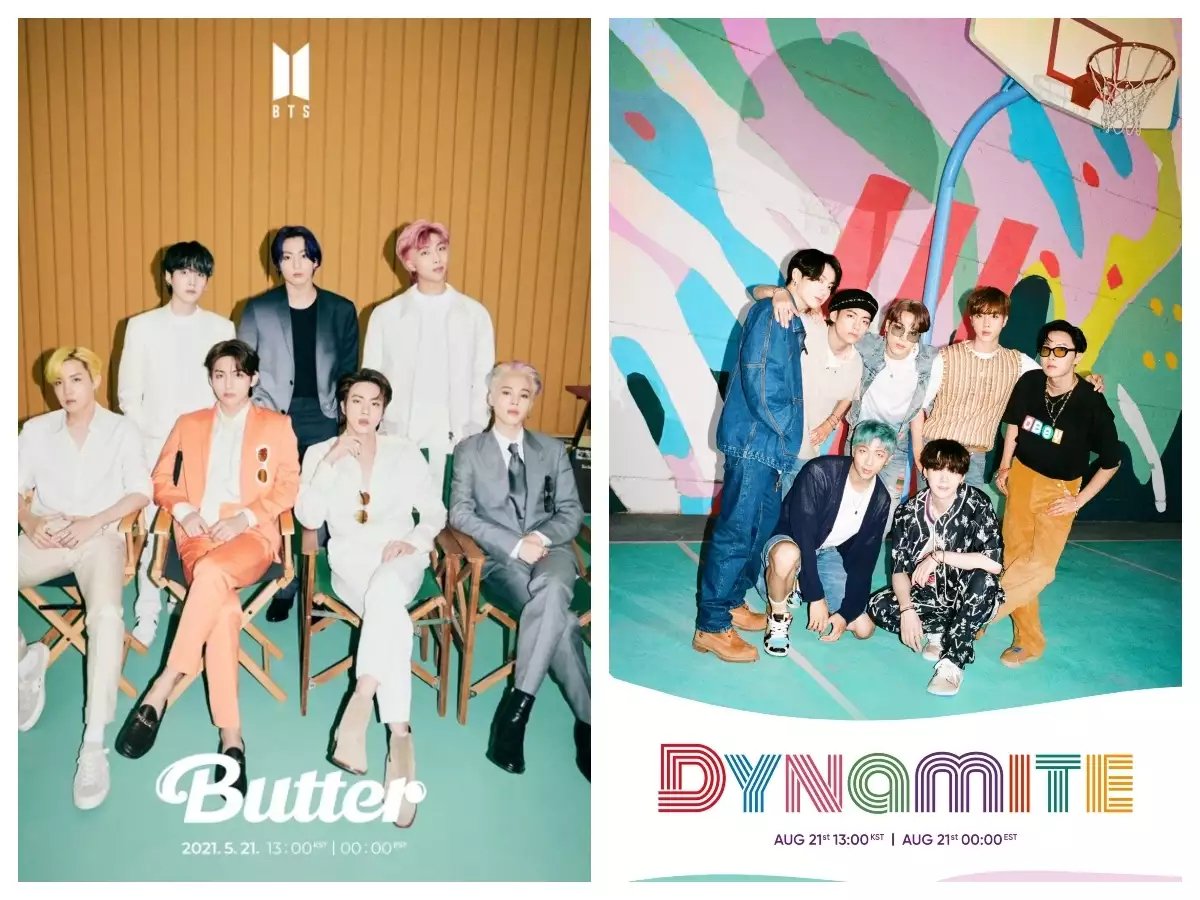Global Fandom Jamboree Conversation (Round Four): Iveta Jansová and Hattie Liew (Part One)
/Iveta Jansová:
After reading your opening statement, several exciting things that could be part of our following discussion caught my eye. Firstly, a small geographical comparison between our contexts seems appropriate. Even if I am from a state with over 10 million people, our country is very “monocultural” compared to Singapore. One national language with an overlap to the Slovaks with whom we shared one state from 1918 to 1993. The notion of “monoculturality” influences (not only) the entertainment industry but its audiences too. Similarly, the omnipresence of technology is higher in the Singapore context than it is in Czechia.
Certain similarities between our contexts can be found in the global/regional fandoms/fans division. Like in the Singaporean context, contemporary Czech fans create small, diverse groups oriented “out there.” Despite some “Czech” fandoms being based regionally, their interests belong to the international fandoms, as do their related fan practices. While we can see fan practices (inspired by foreign content) being experienced collectively (in larger-scale – cons – and a smaller-scale – group of friends), we can also observe individual experiences and practices that are entirely detached from the regional context and are focused only at the content and community “out there.” The example of K-Pop fandom can serve as an excellent ground for comparison of our contexts.
Consequently, the indicated symbolical fragmentation of the fandom’s belonging can be challenging for possible scholarly conceptualizations and could be one of the core topics of our following discussion. In this regard, several other topics come to mind; the Czech context is specific by its tension between the contemporary culture and “historical culture,” very much influenced by the communist regime under which it was created and consumed by audiences. Is the historical context of Singapore’s culture and its perception by audiences also specific in any way?
I would also like to know more about the fan’s microcelebrity praxis which is something that is, to my knowledge, somewhat foreign in the Czech context. Is there a way to describe how these fans who present themselves as microcelebrities perform their fan identity? I am interested in the believability of such a performance in the context of possible exploitation of the “fannish” identities and the fan gift economy system.
Hattie Liew:
Thanks so much for your opening statement – it was a very interesting read as I admittedly do not know much about the media landscape and fan culture in the Czech Republic. Your sharing about the interviews you and your team conducted with industry representatives caught my eye, even though it wasn’t about fan culture per se. I found it interesting that the interviewees did not feel a pressing need to accommodate fans, in a time where “fan” is a mainstream consumer identity. Thus, I wondered how the Czech media practitioners define fans, how that differs with that of audiences who identify themselves as fans, and if they are indeed in the margins. I am also curious to know if this difference in definition/perception has ever resulted in any fan-producer conflicts.
Moving on, I see the similarity between fans in the Czech Republic and Singapore, in the multiple belongings and general outward orientation of fan groups. I do agree that having boundaries can be problematic, especially around internationally famous objects of fandom, such as BTS, Harry Potter, Game of Thrones, etc., which you have also mentioned. In my own research, this local/global distinction is even problematic with fans whose object of fandom are local. Having a small local population, exportation and the participation in the regional scene (I’m talking mainly about pop music) is a goal for many artistes. With several Singaporeans finding success regionally, such as in Malaysia and Taiwan, local fans actively connect with them over the internet and, in the pre-covid era, at in-person events. However, such patterns do pose a methodological question of how to approach studying fans, to what extent is it useful to describe a fan group as part of “Singaporean fandom”. Perhaps then, it would be productive to contextualize the studies in a fan network or in a multi-sited fandom, rather than in a geographical location. After all, what brings fans together is first and foremost their object of fandom rather than similarities based on their physical location.
One other thing I found interesting in your sharing was that domestic content rarely becomes a source of fan activity. I am wondering why it is the case. Is this because of a preference for imported content? The perception of domestic content? The small size of fan groups (i.e. no critical mass)? The nature (e.g. genres, positioning) of the content? Or does it stem from your earlier point where media representatives do not feel the need to engage fans? I would love to know more. I am asking this because in my own context, celebrities like local TV actors who are unknown outside Singapore, can command a relatively large domestic following and fans can be seen mobilizing themselves online and at events. In addition, the idea of “supporting local”, including cultural products, have gained traction in recent years and is a source of pride for some. Some reasons for this difference I can think of are different fan-producer relations, and locally cultural artefacts having similar tropes and genres as those produced elsewhere which may bring about familiarity or perception of trendiness.
Lastly, I am at present interested in the platformization of fandom as part of “the interpenetration of the digital infrastructures, economic processes, and governmental frameworks of platforms in different economic sectors and spheres of life” (Poell et al., 2019: 6).[1] You mentioned Czech fans favor globally accessible cultural artifacts and are globally oriented, and I assume digital technology plays a big part for this to be possible. It would be great if you could share a little bit on how Czech fandom is shaped by affordances of the platforms they engage with, how the government’s digital policies unwittingly shape fan practices, or any other related observations.
Iveta Jansová:
Thank you for an inspiring set of questions following my opening statement. The interest in the proclaimed Czech entertainment media attitude towards fans is something that we share. However, it must be stressed out that we did not ask about fans specifically. What is also important to consider is the observed tendency for secrecy that underlined all the interviews. A year and a half later, we can already see that the need to capture younger and more convergent audiences in general was (and still is) present in the strategies as several new projects (new content and even services) emerged. At the same time, it is still true that the existing programming strategies continuously capture the majority of the audience. Therefore, the feeling of necessity to cater to fans did not have to be so pressing as one would imagine.
Another thing to consider in this context is the notion of fan identity itself. The term fan and its meaning in fan studies do not necessarily correlate with various fan identity constructions from different sources (e.g., producers). To the point, the term fan is at times used to label all activities connected to media content. For example, giving like to a Facebook page means an automatic designation as a fan. Even if the term is used in the mainstream “media contexts,” it is not considered a mainstream consumer identity, as you labeled it, and consequently a common practice in the Czech media entertainment environment. Accordingly, to my knowledge, a fan-producer conflict stemming from a difference in definition/perception of fans has not occurred visibly.
Following your other questions, I must agree that the challenges brought about by multiple fandom belongings of individual fans suggest a more suitable framing could be found if we (at appropriate times) leave out the geographical location. As you indicated, an object or subject of fan interest is, after all, the one true home of a fandom. Same as it is the determinant of the particular set of fan practices connected to it. Even if we cannot see rich fan activity around movies and TV series in Czechia (my main interest), which could be indeed faulted to a mix of different reasons you named, music fans and fandoms represent a slightly different story.
Famous Czech actors mobilizing around election
This can be further discussed regarding the next topic you opened – mobilization of audiences by local celebrities, which is generally not that common contrary to the Singaporean context. However, local (often music) celebrities are sometimes seen trying to mobilize fans - sway public opinion and use their popularity and possible fanbase for a particular cause (e.g., marches for democracy/against the president/prime minister, etc.). It then depends on the fanbase’s size, the celebrity’s popularity, and of course, the type of cause (e.g., locally quite controversial topic of equal marriages) if such mobilization celebrates a success.
An important determinant is also the age of audiences. For example, younger audiences have been seen publicly concentrating around local YouTube celebrities (e.g., during Utubering, the biggest self-labeled festival of generation Z in Czechia). Age and (nature of) content are thus crucial determinants in the Czech context. Various content and its “shape” (e.g., linear/non-linear TV) attracts different types of audiences with various media-related competencies and manifested practices.
I am moving on to your final point - the affordances of the platforms. I do not think that this theme poses for much unique information. Czech fans have access to “classical” fan sites (Fanfiction, Archiveofourown, YouTube, TikTok, Deviantart, Tumblr, etc.) without many visible restrictions. An interesting case could maybe represent piracy of movies, TV series, music, and so on. Piracy is one of the most common ways of obtaining media content when the desired content is unavailable. However, I would not connect this to particular fandoms as it seems to be more of individual practice based on specific tastes.
Hattie Liew:
Thank you for your first response. I do find the “monoculturality” of Czechia quite an interesting context for the rise of fragmented, diverse and outward looking fandoms. One would assume that a relatively homogenous cultural backdrop would produce audiences (at least in the mainstream) with similar preferences and close-knit fan communities bonded by their strong cultural identity in addition to their love for certain texts or individuals. From my understanding, at least in some more “monocultural” parts of Asia, the mainstream pop culture is rather dominated by their domestic productions and celebrities. It was probably until the advent of the Korean-wave (and of course high-speed internet) that this dominance was challenged, bringing about more fragmented audiences and consequently more diverse fandoms in the younger population.
Going back to your point on the symbolical fragmentation of fandom’s belonging. It is indeed a challenge for conceptualizing fandom. In the Czech context, contemporary fan cultures can be contextualized in its rich cultural and political history. I do think that it is a productive way of thinking about Czech fandom, as such a context is unique and irreplicable elsewhere. However, in Singapore I would say that very little of its history play a part in a fan’s identity, and fandom is experienced in an individualized way. What I mean by this is that fandoms are largely detatched from the local cultural/historical context and the appeal of the “product” or “idea” to the individual and engaging mix-and-match of fan practices seem to be more important. This still reflects some contextual elements to some extent, though the subtlety may make fans appear merely as more committed consumers. Examples of said contextual elements include: Singapore as a young country of 56 years old without the kind of strong shared collective memory that Czechia has, tradition playing a symbolic role (as opposed to actively practiced), and the general outward and future-looking orientation of the country. As such, while it is easy to observe other countries in Asia transpose their own traditional cultural practices to fan practices, such as “fan rice” in South Korea (giving sacks of rice on momentous occasions), such occurrences rarely happen in Singapore.
Lastly, I would like to briefly touch upon the point on microcelebrity practice in fandom. There does not seem to be an actual term for this, but I do think that it is a reflection of how microcelebrity practice has become something unremarkable and something anybody can (and will?) engage in. At the basic level, such fans take care of how their profiles are presented through their usernames, display pic, hashtags and so on. More importantly, they frequently post as if they were speaking to other fans “out there”, regardless of how many followers they have. For example, I once came across a kpop fan who would post short video clips on twitter of herself “discovering” billboard advertisements, hoardings and other large outdoor advertisements of BTS band members. On Tiktok, one can find a myriad of ways fans replicate the formats and tropes of internet celebrity (and the most prominent practitioners of microcelebrity). Examples include having accounts dedicated to unboxing Blackpink and Lisa’s (one of blackpink’s members) physical records and merchandise.
I think this intersection between fan practice and microcelebrity practice is an evolution from social media fan accounts or fan archives/websites that are typically thought of as “shrines” or gifts to the fandom. However, unlike these previous iterations, the visiblity of the individual fan rather than the object of fandom takes center stage. After all, it’s difficult to “discover” a billboard when nobody is there to perform the discovery, and impossible to film an unboxing without someone doing the unboxing.
About your question on the believability of such a performance, I would say that because microcelebrity practice has become a way of life among users of platforms like Instagram and Tiktok and the tropes of such content are familiar, there is nothing “wrong” with doing so (“wrong” emcompassing a myriad of things like being selfserving, the deliberateness of it all, etc). This is something I’m still exploring, though it comes with some challenges (e.g. the networked nature of fans on platforms) that I think if we as a scholarly community can navigate, would produce some interesting insights on emerging fan practices.
[1] Nieborg DB and Poell T (2018) The platformization of cultural production: theorizing the contingent cultural commodity. New Media & Society 20(11): 4275–4292.
































































